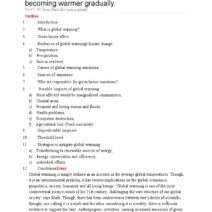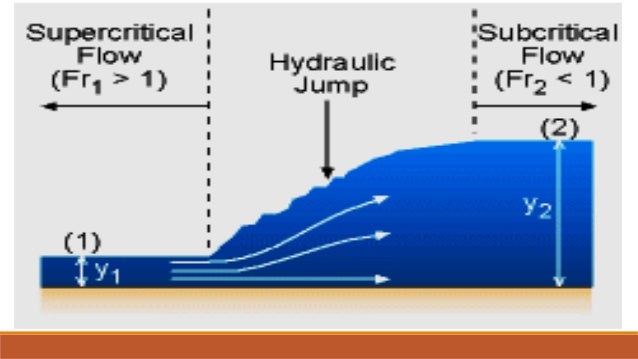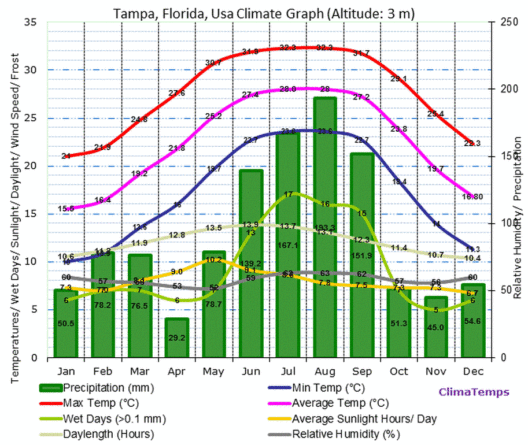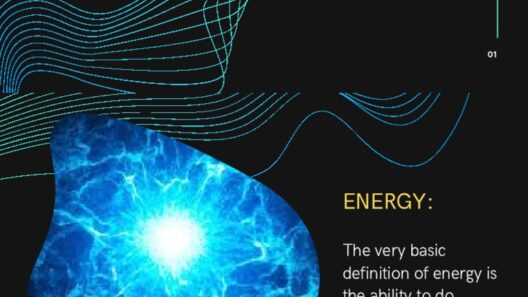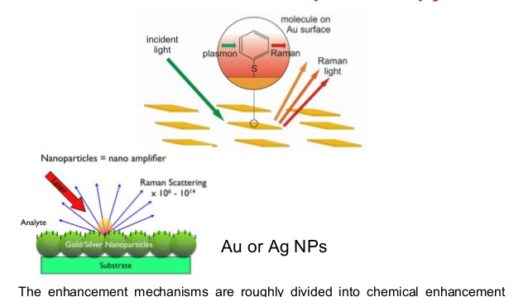Hydraulic jumps are fascinating phenomena that occur in open channel flows, and they provide an interesting lens through which to examine the principles of fluid dynamics and energy conservation. Have you ever watched water flowing down a river and wondered what happens when it suddenly encounters an obstacle? This is where the hydraulic jump comes into play, presenting a unique interplay between kinetic and potential energy. But, is total energy actually conserved in these scenarios? Let’s explore.
To begin, it’s essential to understand the mechanics of hydraulic jumps. A hydraulic jump occurs when there is a sudden change in the flow regime, typically characterized by a transition from supercritical flow (where fluid velocity is greater than the wave speed) to subcritical flow (where velocity is less than the wave speed). This transformation is marked by a turbulent mixing of water, leading to a powerful dissipation of energy. The classic example can often be seen in steep riverbeds or spillways, where the water jumps up and creates a cascade effect that we often find visually mesmerizing. But beneath this aesthetic appeal lies a complex interaction of forces.
The conservation of energy principle asserts that energy cannot be created or destroyed but can only change forms. In the context of hydraulic jumps, we have to consider kinetic energy (energy of motion), potential energy (energy stored due to height), and thermal energy (energy transformed due to friction and turbulence). Before the jump, water possesses a certain amount of kinetic energy based on its velocity and mass as well as potential energy derived from its elevation. However, as the water undergoes the hydraulic jump and moves to a lower and slower-flowing region, a significant portion of its kinetic energy is transformed into internal energy as turbulence and chaos ensue.
It is crucial to consider what happens to the energy during this process. Initially, the total energy—comprising potential and kinetic energy before the jump—may seem to diminish as the fluid flow becomes slower and turbulent. One might be inclined to conclude that energy is lost, leading us to an intriguing challenge: Are we, in fact, witnessing a violation of the conservation of energy principle? Or is there a transformative process in play that accrues energy in other forms?
To answer this query, we must delve deeper into the conservation laws applicable to hydraulic jumps. Although it might appear that energy is dissipated, it is essential to reconceive what conservation entails in the context of fluid dynamics. The primary forms of energy may alter; however, energy overall converts from kinetic to thermal through turbulence and viscous dissipation. Furthermore, the energy transformed into thermal energy is not ‘lost’ but rather retained within the system, albeit in a less usable form. Hence, while kinetic energy diminishes, the total energy expressed in different forms remains constant, showcasing the convoluted nature of energy transformation.
The process of energy transformation within hydraulic jumps highlights the need for effective management in water systems, especially in the realm of hydroelectric energy production. As hydraulic jumps lose a portion of kinetic energy, engineers and scientists strive to optimize designs that harness the energy before this transformation occurs. Innovations such as energy dissipators, which ironically can be seen at dams and spillways, work by incorporating designs that maximize energy conversion processes instead of letting this valuable resource slip into irrecoverable turbulence.
In considering the broader implications of hydraulic jumps and energy conservation, we must reflect on the ecological ramifications. Water systems are integral components of our environment, influencing both habitat and the energy landscape. The interactions of hydraulic jumps within river systems may lead to the reconsideration of dam placements, water flow regulation, and the overall health of aquatic ecosystems. Over-engineering or disrupting natural hydraulic phenomena can result in detrimental effects on fish migration and sediment transport, thus accentuating the need for an environmentally-conscious design approach.
Furthermore, as the world leans into more sustainable practices, hydraulic jumps can serve an innovative purpose in energy recovery systems. The potential for designing energy-generating systems that capitalize on hydraulic jumps invites engineers to create new technologies that convert kinetic energy into reusable electrical energy. Such projects can take local waterways and transform them into effective energy sources, minimizing the reliance on non-renewable resources while still adhering to the tenets of conservation. Yet it remains a playful challenge to determine how to effectively capture this energy without compromising the surrounding ecosystem.
Ultimately, the examination of hydraulic jumps raises pertinent questions about our understanding of energy in flowing systems. Does the conversion of kinetic energy into nutritional and thermal forms in fluid dynamics represent a challenge to classical energy conservation paradigms? Or do these hydraulic phenomena merely underscore the inexorable laws of physics, illustrating the gradience and versatility of energy? As advocates for environmental consciousness strive to harmonize nature’s processes with human development, hydraulic jumps stand as a testament to the intricate balance of our ecosystems. They beckon us to embrace the complexity of energy dynamics, encouraging both intellectual curiosity and practical innovation.
In conclusion, hydraulic jumps challenge our perceptions of energy conservation. While it may seem that energy is disproportionately lost, it’s crucial to recognize the transformative aspect of energy within these dynamic systems. By understanding and embracing the nuances of energy circulation, we can innovate sustainable solutions for water management and hydropower generation, preserving both our environmental integrity and the delicate balance of energy within nature.


